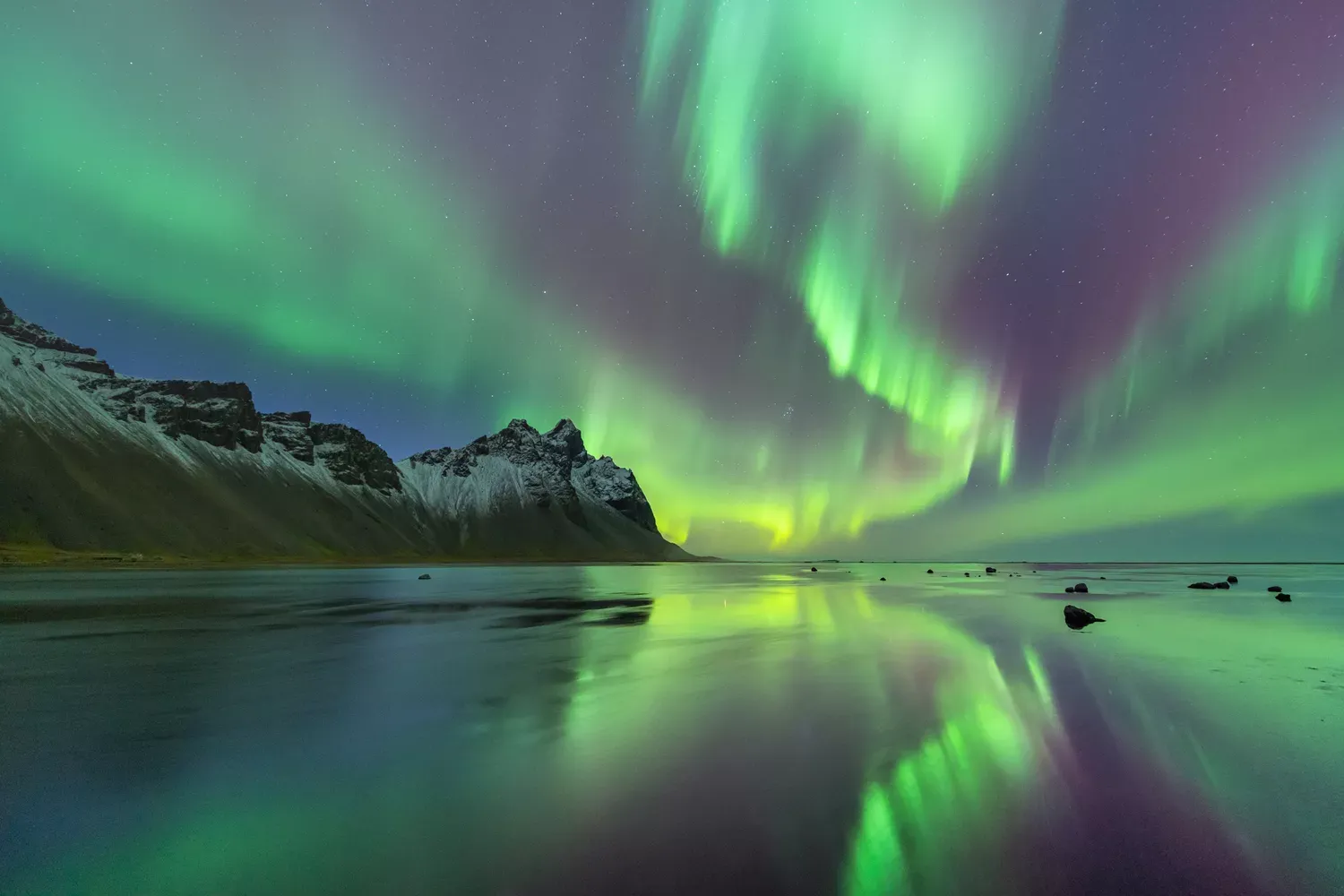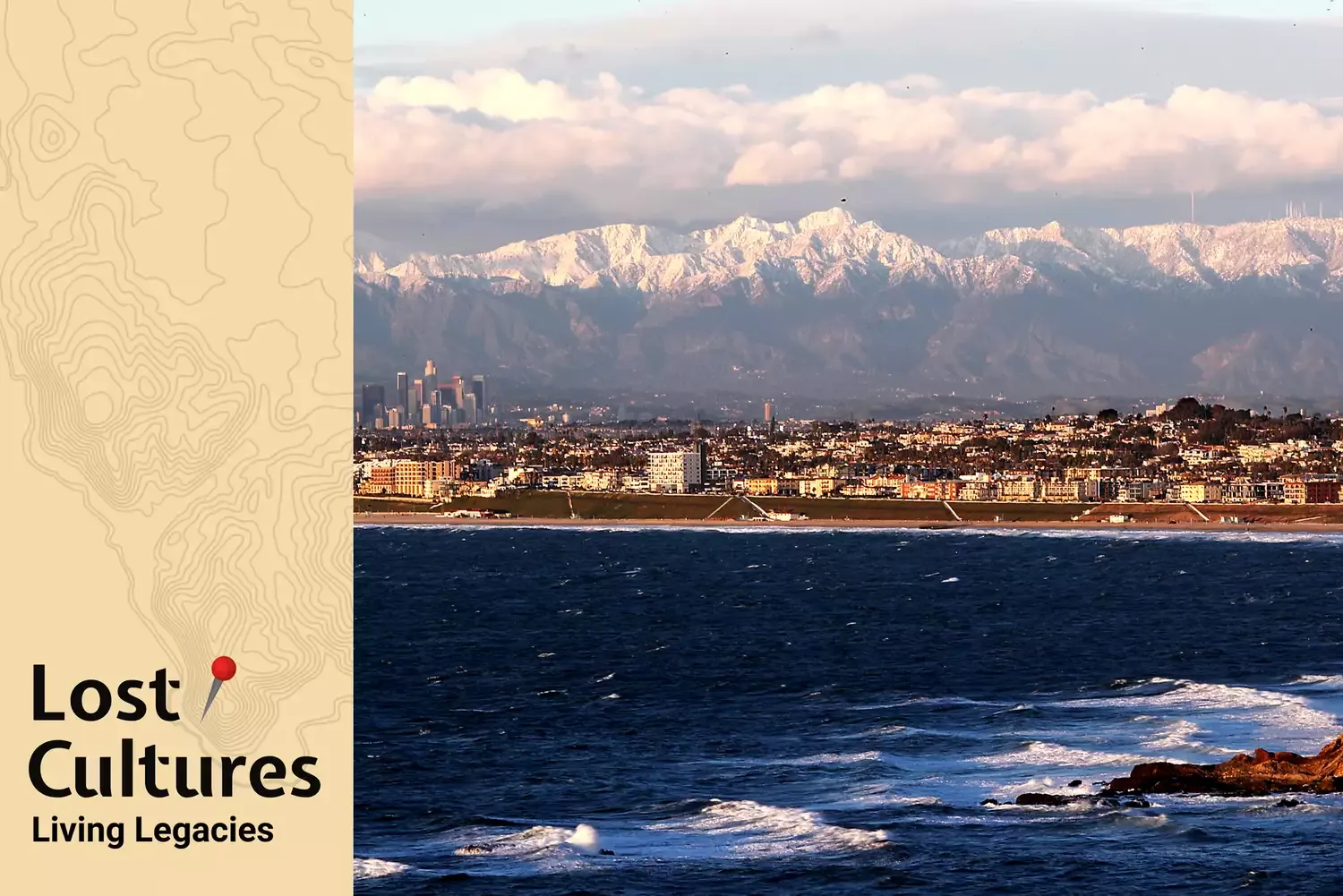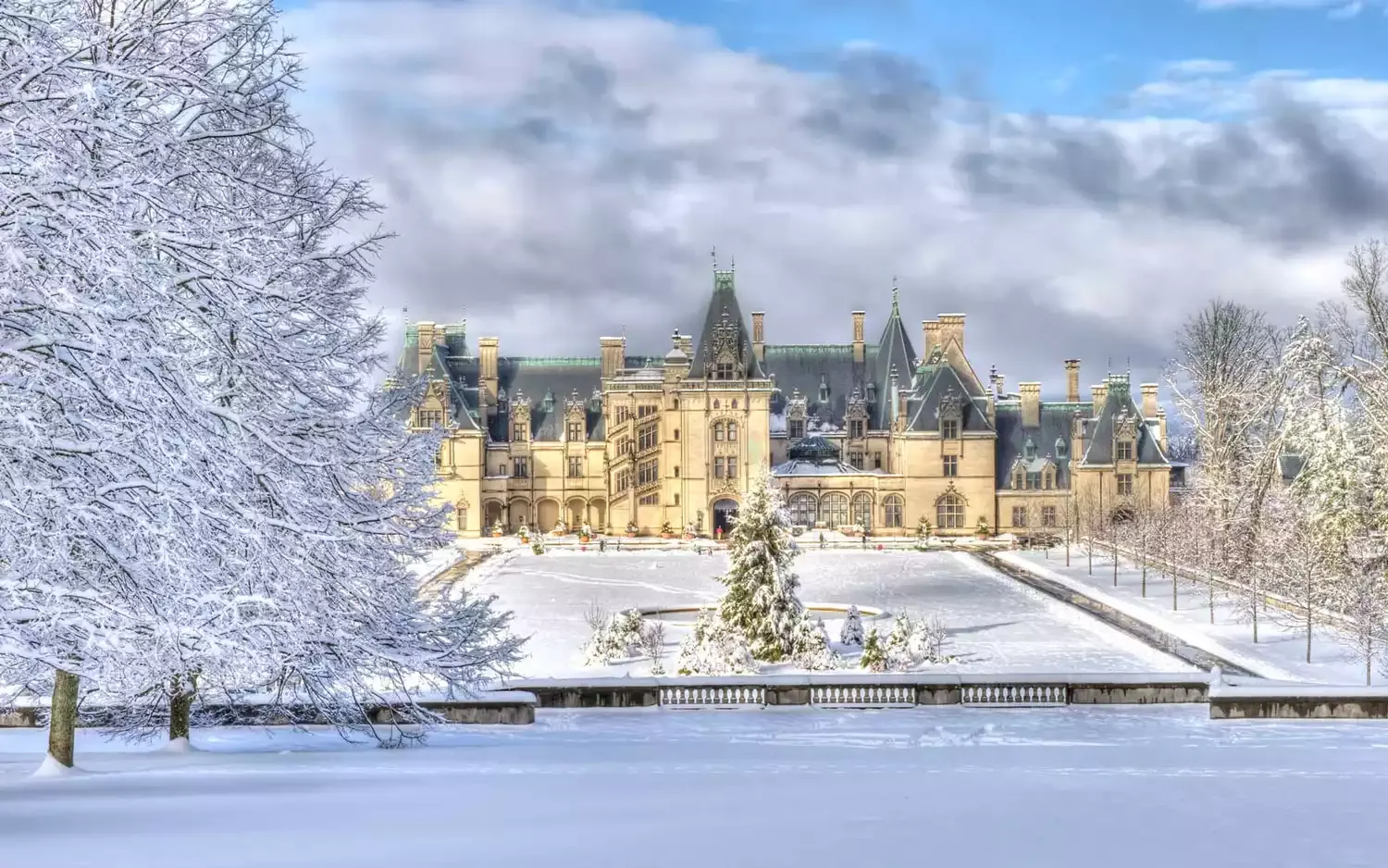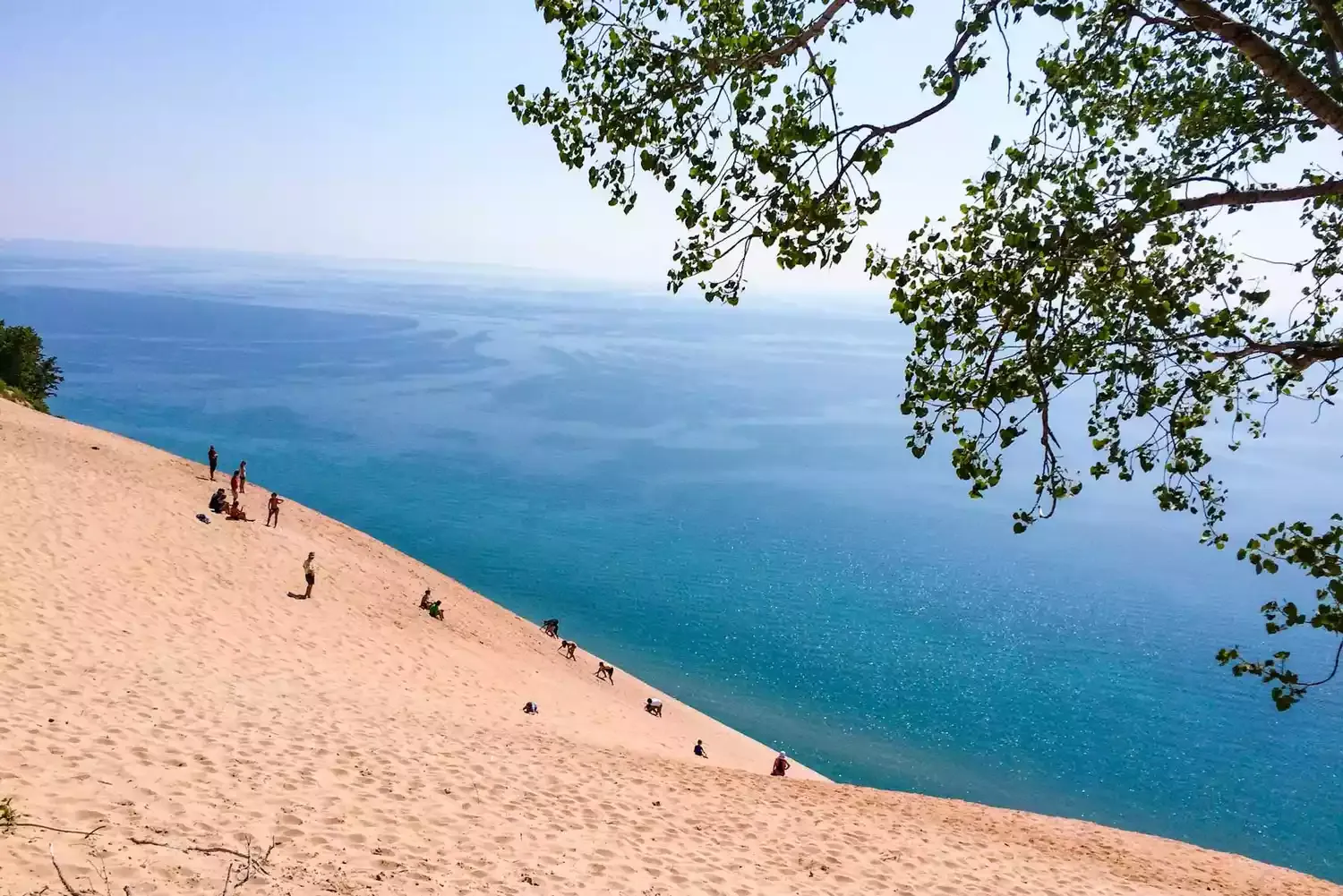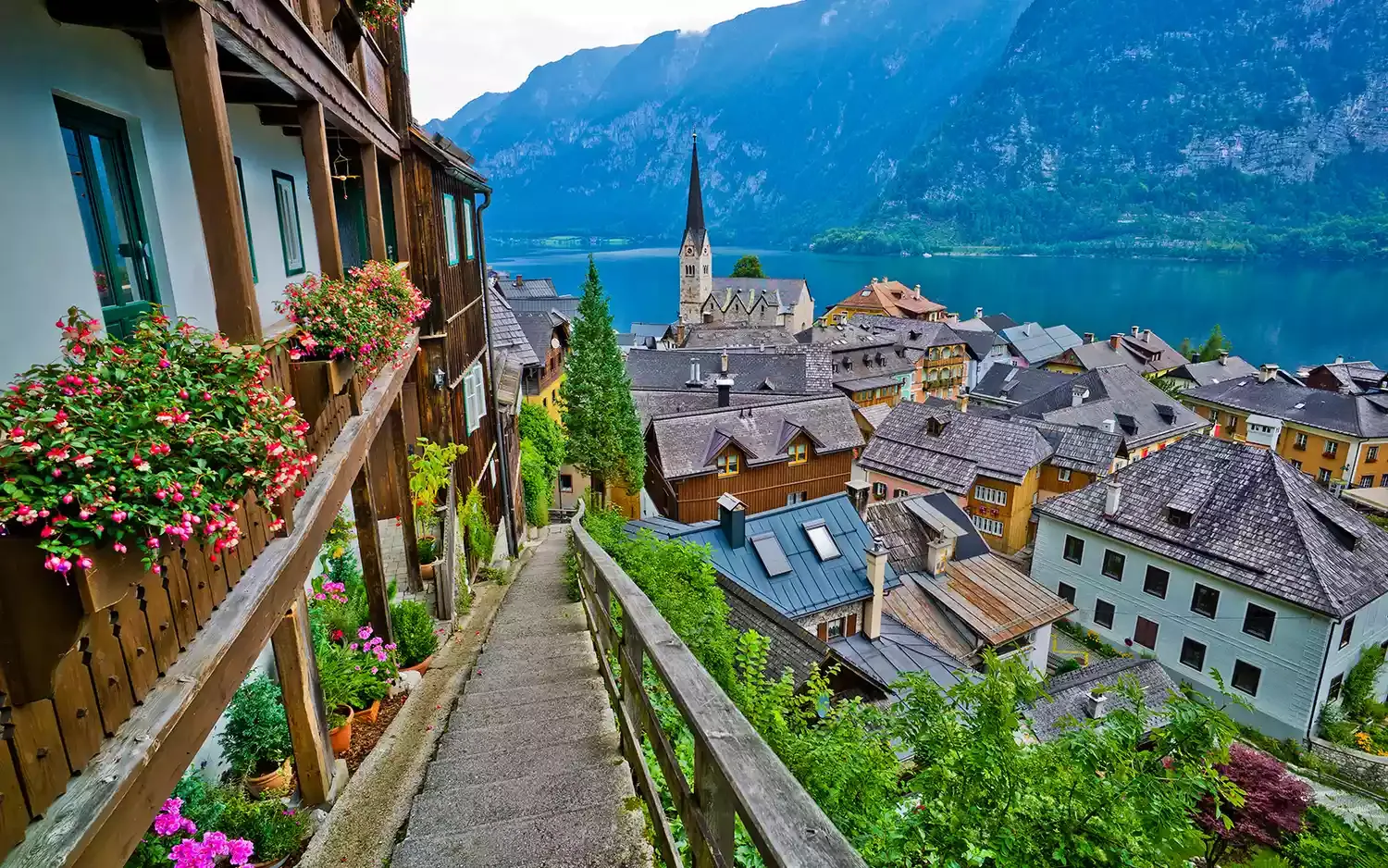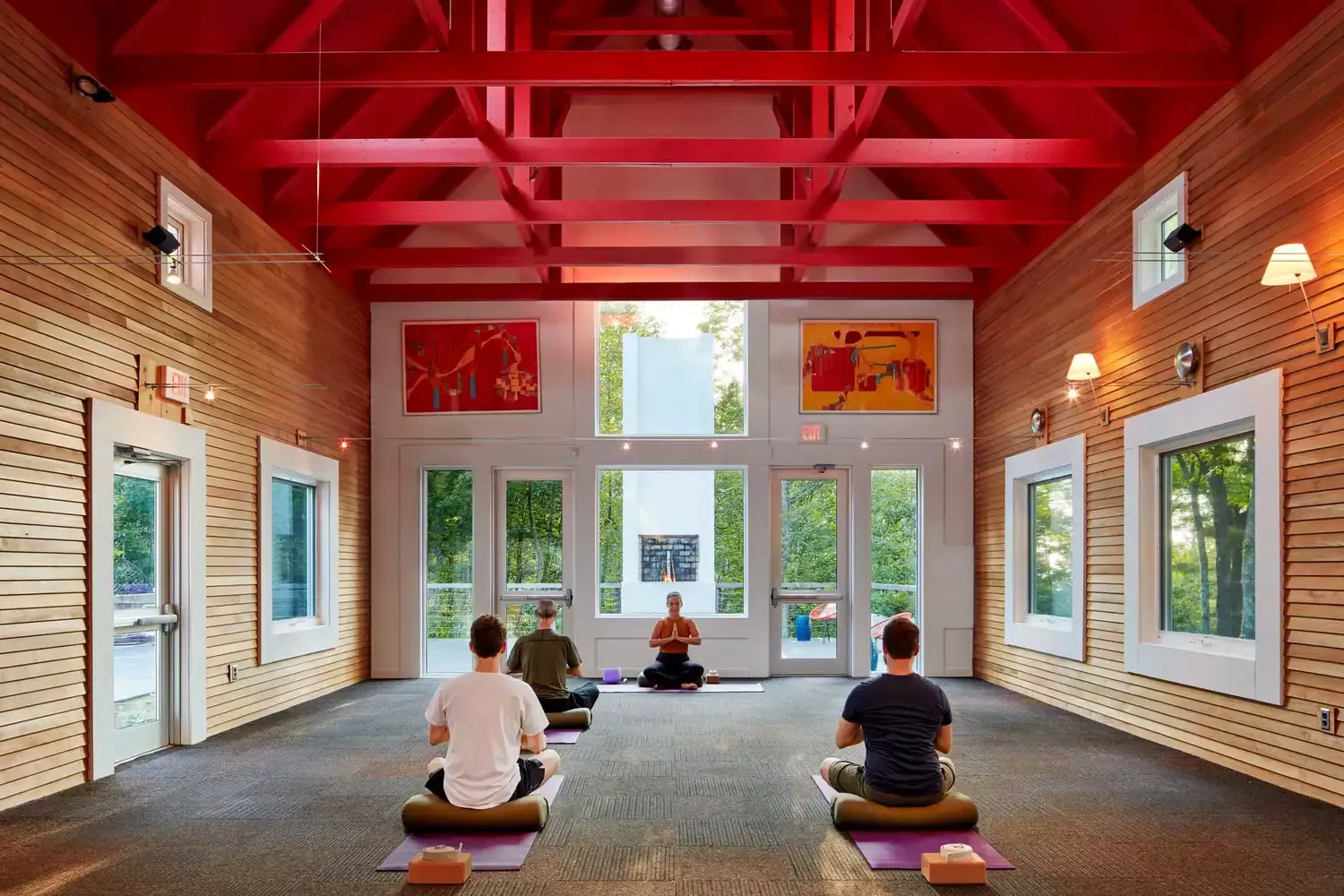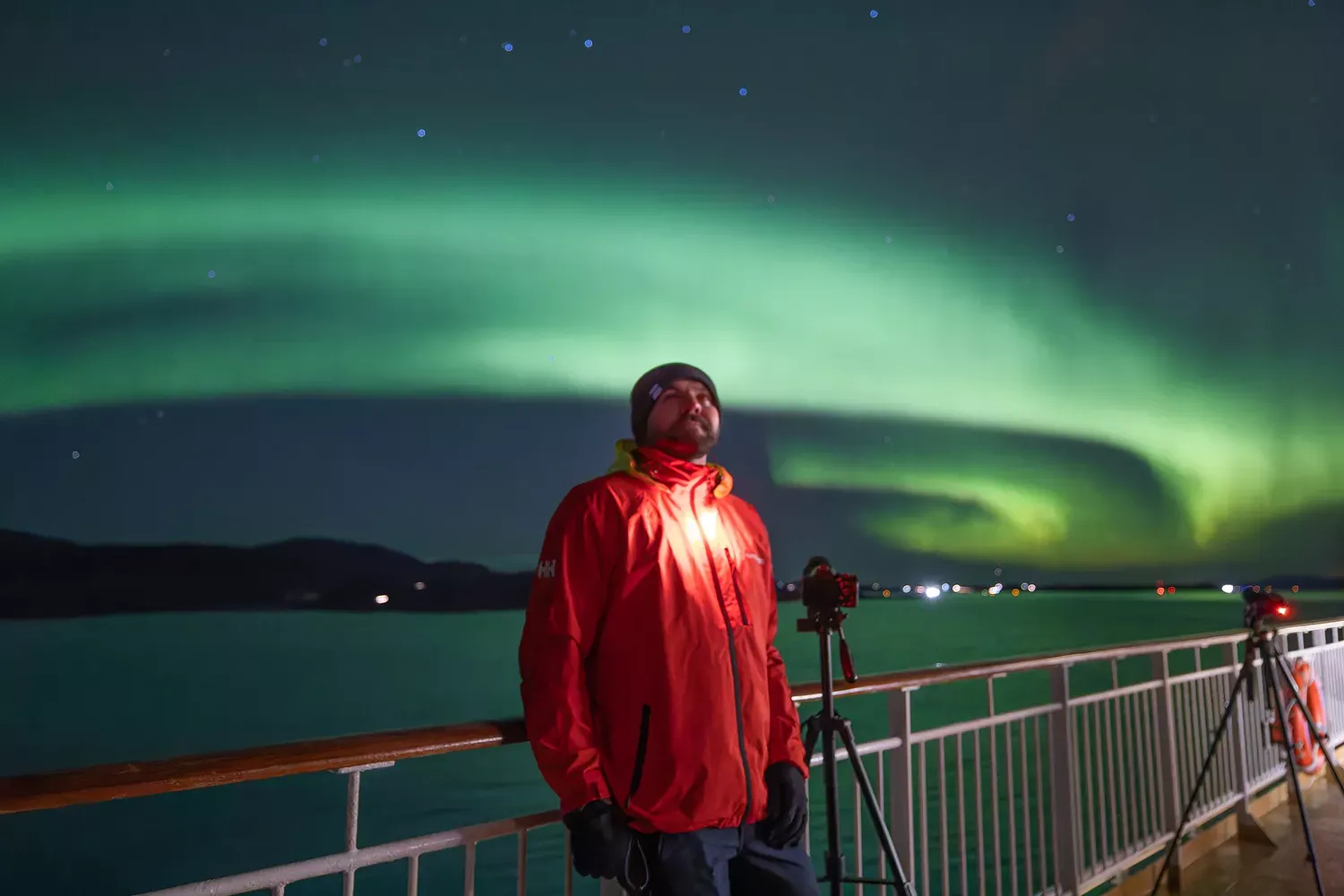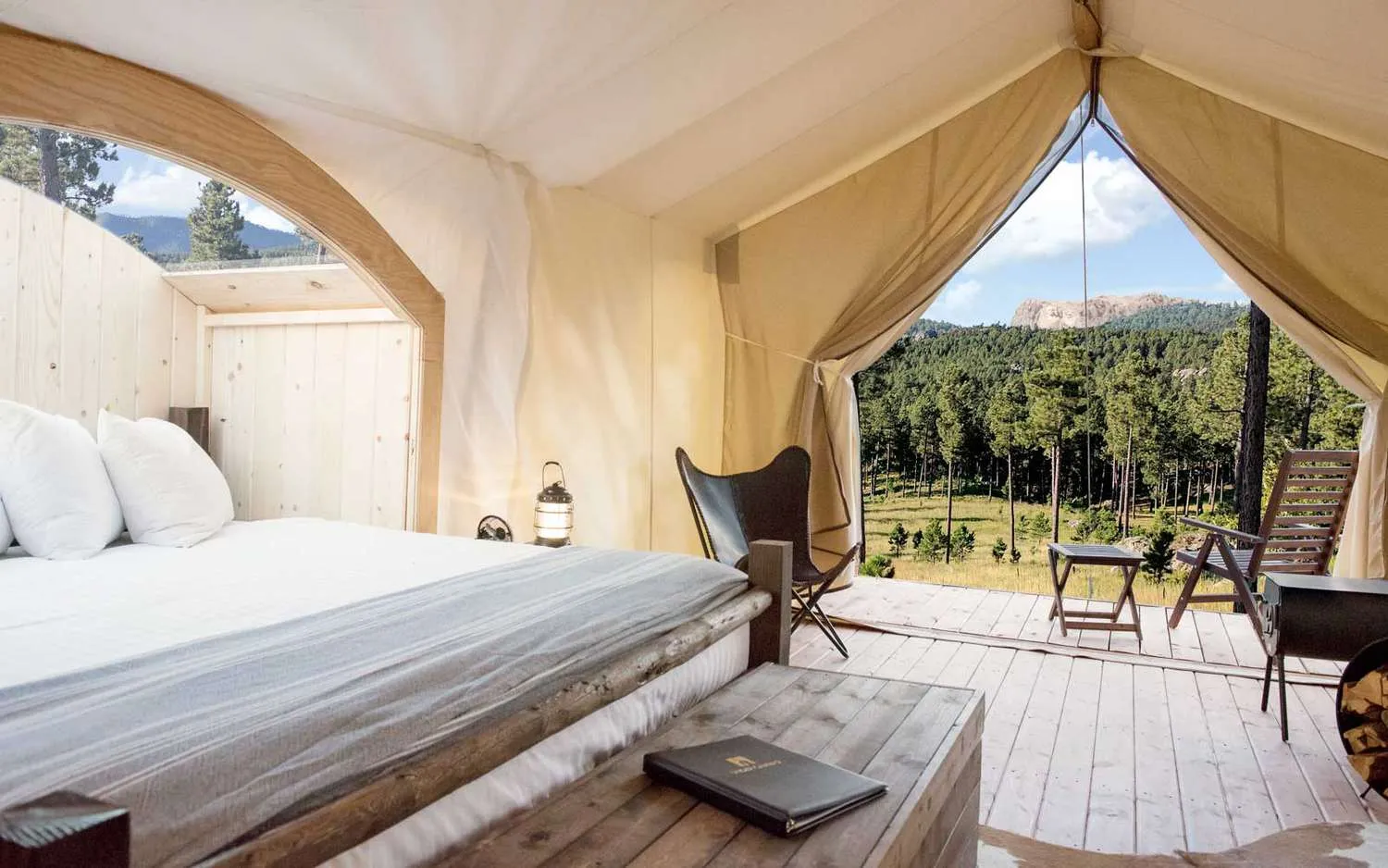The Northern Lights, also known as the Aurora Borealis, may be particularly vibrant and visible in the coming months. This heightened activity is due to the solar cycle reaching its solar maximum, leading to increased solar flares and coronal mass ejections. These events send charged particles towards Earth, interacting with our atmosphere and creating dazzling displays of light. Expect potentially wider viewing areas for the Aurora.
Why Are the Northern Lights Predicted to Be So Intense?
The increased intensity and visibility are primarily due to the solar cycle. Our sun goes through roughly 11-year cycles of activity, with periods of increased sunspot activity and solar flares, followed by periods of relative calm. Right now, we are approaching what is known as solar maximum, which is expected to peak in late 2024 or early 2025. During solar maximum, the sun is more active, releasing more energy and particles into space.
These energetic particles, primarily electrons and protons, travel through space in the form of solar wind. When this solar wind reaches Earth, it interacts with our planet's magnetic field. The magnetic field funnels these particles towards the poles, where they collide with atoms and molecules in the upper atmosphere. These collisions excite the atmospheric gases, causing them to glow in various colors, creating the mesmerizing Northern Lights display.
The stronger the solar activity, the more particles that are sent towards Earth, resulting in more intense auroral displays. During solar maximum, we can expect more frequent and more powerful geomagnetic storms, which directly translate to brighter and more widespread Northern Lights.
To better understand the relationship between solar activity and auroral visibility, consider the following chart, which illustrates the cyclical nature of solar activity and its impact on auroral frequency and intensity:
Solar Cycle Phase |
Sunspot Activity |
Solar Flare Frequency |
Geomagnetic Storm Probability |
Northern Lights Intensity & Visibility |
|---|
Solar Minimum |
Low |
Infrequent |
Low |
Faint, restricted to high latitudes |
Ascending Phase |
Increasing |
Increasing |
Moderate |
Moderate, occasionally visible at lower latitudes |
Solar Maximum |
High |
Frequent |
High |
Intense, frequently visible at lower latitudes |
Descending Phase |
Decreasing |
Decreasing |
Moderate |
Moderate, occasionally visible at lower latitudes |
Where Can You See the Northern Lights?
Typically, the Northern Lights are best viewed in high-latitude regions, such as Alaska, Canada, Iceland, Norway, Sweden, and Finland. However, during periods of intense solar activity, the aurora can be visible at much lower latitudes, including parts of the northern United States, Scotland, and even northern Europe. Keep an eye on space weather forecasts, as these will give you a good indication of the likelihood of seeing the aurora in your area.
If you are planning a trip to see the Northern Lights, it's important to choose a location away from light pollution. Dark skies are essential for optimal viewing. Look for remote areas with minimal artificial lighting. Also, be patient! The aurora can be unpredictable, so it's important to be prepared to wait for the show to begin. Dress warmly, as temperatures can be very cold in the regions where the Northern Lights are typically visible.
Tips for Viewing and Photographing the Aurora Borealis
Here are a few tips to help you make the most of your Northern Lights viewing experience:
Check the forecast: Monitor space weather forecasts from reputable sources like NOAA's Space Weather Prediction Center.
Find a dark location: Get away from city lights to maximize your chances of seeing the aurora.
Be patient: The Northern Lights can be elusive, so be prepared to wait.
Dress warmly: Wear layers of clothing to stay comfortable in cold temperatures.
Use a tripod: For photography, a tripod is essential for capturing sharp images of the aurora.
Experiment with settings: Use a wide-angle lens and a high ISO setting to capture as much light as possible.
Enjoy the moment: Put down your camera for a while and simply take in the beauty of the Northern Lights.
The upcoming solar maximum presents a fantastic opportunity to witness the magic of the Northern Lights. With a little planning and preparation, you can increase your chances of experiencing this unforgettable natural wonder.

